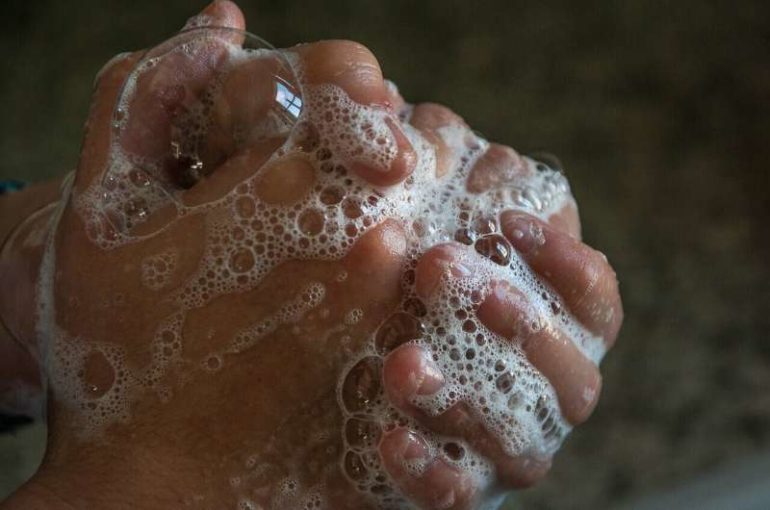Handwashing is shaping communities of bacteria that live and grow in the plumbing of domestic sinks, scientists have found.
In the largest study of sink bacteria conducted outside of hospitals, scientists at the University of Reading discovered communities of similar bacteria that largely remain down our drains after hand washing.
The researchers found that there are significant differences between families of dominant bacteria depending on the location in the sink drains, and that plumbing systems such as P-trap or U-bend provides ideal environments for bacteria to grow.
Dr. Hyun Soon Gweon, Lecturer in Bioinformatics for Genomics at the University of Reading, said:
“The mantra to ‘wash your hands’ to fight coronavirus transmission has highlighted the importance of not only good hand hygiene, but also the need for well-designed and regularly cleaned sinks.
“Our study reveals that the significant difference in bacterial families between different buildings shows that a number of factors including occupancy and building design may have a big influence on the types of bacteria we come into contact with.”
Samples were taken from 123 sinks around non-clinical settings at the University of Reading—such as toilets and bathrooms in teaching, research and social spaces—and show that sinks have a distinct microbiome dominated by certain bacteria.
The plumbing area found beneath sinks revealed microbial communities dominated by a group of bacteria called Proteobacteria. This phylum includes pathogens such as Salmonella and E. coli, which can cause serious disease, although the proportion of bacteria from that family was low. Higher concentrations were found of the common Moraxellaceae and Burkholderiaceae bacteria, which can cause infections but are mostly harmless to humans.
The type of plumbing system had a significant effect on which family was more abundant. Below- sink strainers were found to have Moraxellaceae bacteria, while P-trap sinks, which have a P-trap style of drainage, had higher amounts of Burkholderiaceae.
Lead author of the study Zoe Withey, a Ph.D. researcher at the University of Reading, said:
“The bacteria that live in our sink drains are shaped by what we are directly putting down them. While we expected that bacteria from the gut would have a greater impact, caused by the wider environment of a bathroom, it seems that by and large the bacteria living on the skin of our hands are feeding the community in the drains beneath sinks.
“This means that we need to be very aware that what we are putting down our sinks is affecting the bacterial community underneath. These areas may not be reached during routine cleaning, and this could lead to communities containing hardier, resistant microbes.”
The scientists point out that all the sinks where samples were taken were regularly cleaned.
Dr. Gweon said:
“We hope our findings will remind people that the bacterial on your hands often stay alive and capable of growing even after they have been washed off, even in the presence of soap and warm water. It is possible to spread bacteria to the surrounding areas of your sink, where they can grow and persist. Reducing transmission of bacteria requires thorough disinfection of the sinks and surrounding areas and not just getting your hands wet.”
The study was conducted in 2019, prior to the global pandemic caused by COVID-19 and so there is no direct influence of increased handwashing or other hygiene behaviour associated with the pandemic on this study. However, the authors point out that the significance of bacteria from the skin means that handwashing will be having a significant effect on the bacterial communities of our sinks.
Sink traps are surprising source of antibiotic-resistant bacteria in ICU
More information:
Withey Z, Goodall T, MacIntyre S, Gweon H. Characterization of communal sink drain communities of a university campus. Environmental DNA. 2021;00:1-11. doi.org/10.1002/edn3.196
Provided by
University of Reading
Citation:
Handwashing responsible for bacteria in sinks, largest non-hospital study shows (2021, April 20)
retrieved 20 April 2021
from https://phys.org/news/2021-04-handwashing-responsible-bacteria-largest-non-hospital.html
This document is subject to copyright. Apart from any fair dealing for the purpose of private study or research, no
part may be reproduced without the written permission. The content is provided for information purposes only.


